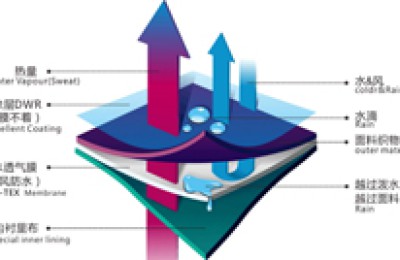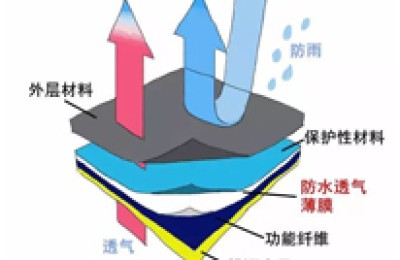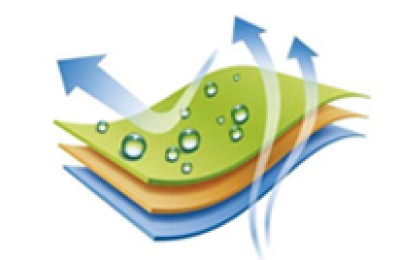Since June 1, 2015, my country has reduced the import tariff rates on 14 categories of daily consumer goods such as clothing, shoes and boots, with an average reduction of more than 50%; the recent successful visit of Indian Prime Minister Modi to China, Chinese leaders have in principle Agreed to significantly reduce import tariffs on various commodities, including cotton yarn. As soon as the two pieces of news came out, China’s cotton textile industry was nervous. What impact will this have on the future cotton yarn market? The import and export situation of China’s cotton yarn in recent years is as follows.
From 2011 to 2014, cotton yarn imports showed a fluctuating growth trend. In 2011, my country imported 902,000 tons of cotton yarn. In 2012, cotton yarn imports surged to 1.526 million tons, a year-on-year increase of 69.2%; in 2013, China imported 2.098 million tons of cotton yarn, a year-on-year increase. 37.5%; imported cotton yarn in 2014 was 2.011 million tons, a year-on-year decrease of 4.2% due to the sluggish Chinese textile market.
In contrast to the import of cotton yarn, my country’s cotton yarn export volume has shown a steady and slight growth since 2011. In 2011, my country’s cotton yarn export volume was 382,000 tons; in 2012, the cotton yarn export volume was 439,000 tons, a year-on-year increase of 14.9%; in 2013 The annual cotton yarn export volume was 515,000 tons, a year-on-year increase of 17.2%; the cotton yarn export volume in 2014 was 418,000 tons, a year-on-year decrease of 18.7%.

2011-2014 my country’s cotton yarn import and export quantity statistics chart
As can be seen from the above figure, my country’s cotton yarn import and export quantities are unbalanced and are increasing year by year. From 2011 to 2013, my country adopted a temporary purchasing and storage policy. The prices of cotton and cotton yarn gradually increased, but the quality of cotton yarn was not satisfactory. In addition, the import of cotton yarn was not subject to any restrictions, and the imported cotton yarn business became increasingly mature. Downstream companies imported cotton yarn in large quantities; in 2014, due to the cotton Affected by factors such as policy adjustments, falling raw material prices, and textile companies building factories abroad, the import volume of cotton yarn fell slightly.

Figure 1 Monthly statistics of my country’s cotton yarn imports from 2011 to 2015
As can be seen from Figure 1, the amount of cotton yarn imported into my country reaches its peak every year in the two traditional textile peak seasons of March-May and August-September. From January to April 2015, my country’s cotton yarn import volume reached a new high. Will the increasing cotton yarn import volume and the news that imported cotton yarn tariffs are expected to be reduced will push the cotton yarn import volume to a new high?

Figure 2 Monthly statistics of my country’s cotton yarn export volume from 2011 to 2015
As can be seen from Figure 2, cotton yarn exports began to show a downward trend in 2014-2015 after reaching a peak in 2012-2013. With the increase in the cost of raw materials, labor, machinery and equipment in my country, the RMB exchange rate has fluctuated greatly recently, textile companies have increased their overseas construction of factories, and the competitiveness of textile companies in Central Asia, Southeast Asia and other regions has strengthened, and the situation of my country’s cotton yarn exports has become increasingly severe. Coupled with the expected reduction of import tariffs on Indian cotton yarn, domestic textile companies will feel even more pressure. Import tax rate is reduced, cotton yarn exports are under pressure





